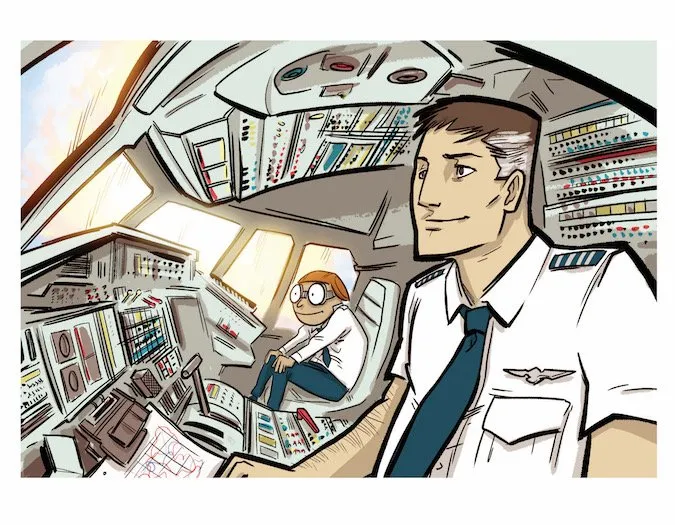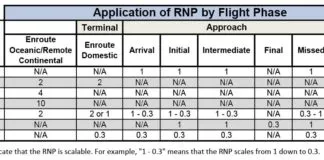The aviation press has covered the present pilot shortage in some detail. One aspect, however, that hasn’t received a lot of coverage is pilot pay. Some cynics in the know have long claimed that we don’t have a pilot shortage, we have a pay shortage, and there’s a lot of truth to that.
The normal path for a fledgling airline pilot is to build his/her hours—traditionally as a CFI for pitifully low pay—and get a job with a regional carrier. That new first officer had an average starting pay in the mid-$20/hour range just a few years ago, before the hype of the pilot shortage. Second-year pay jumped nicely, sometimes as much as 50%, but then it stagnated at a few percent a year. A fifth-year first officer might have been making into $40-some/hour.

Ben Bishop
Now, before you think that $40/hour is pretty good—which it is if you get paid for 40 hours a week—understand that flight crew get paid only for flight hours. So, if a hard-working first officer managed to log 900 hours a year (a lot for junior reserve pilots), that’s a mere mid-$30K/year or less. Makes sense that fewer and fewer pilots are willing to make that kind of sacrifice, eh?
Careful observers might note that with the growing shortage, a new first officer can often upgrade to captain within a few years. Okay, that is true with most of the regional carriers. A ten-year veteran captain of a regional carrier might be paid into the upper-$70/hour range. At that same hard-working 900 hours per year, yes, that’s approaching something a person could live on. But, compare that with other professions having a similar educational demand and apprenticeship duration and, well, regional-airline pilots aren’t paid much.
What about the majors? Clearly, it’s a lot better there. That’s why most regional pilots are doing everything in their power to get to a major. But, again, the entrance requirements (education, experience building, etc.) versus pay don’t square well with nearly any other professional endeavor save perhaps teachers in public education.
We’ve all heard the stories of the senior captains at the biggest airlines bringing in $200-400K per year. It’s true. However, for every one of those pilots making north of, say, $250K/year, there are dozens making under $75K/year. The ones who’ve truly made it as airline pilots are fewer and further between. It’s certainly not the norm.
The airlines, of course, all complain that with the relentless downward pressure on ticket prices—another topic indeed—they just can’t afford to pay their people well. Really? Quick, who’s the low-price leader? If you said Southwest you’d be mostly right. While they might not have the lowest fare for every given market, the market perception is appropriately that they’re lowest or among the lowest overall.
Yet, Southwest pilots are among the highest paid in the industry. You might ask how the quintessential low-cost airline can pay its pilots at the top of the industry, while the “full service” carriers (Are there any of those anymore?) can’t? Could it have anything to do with how the airline is run by management?




